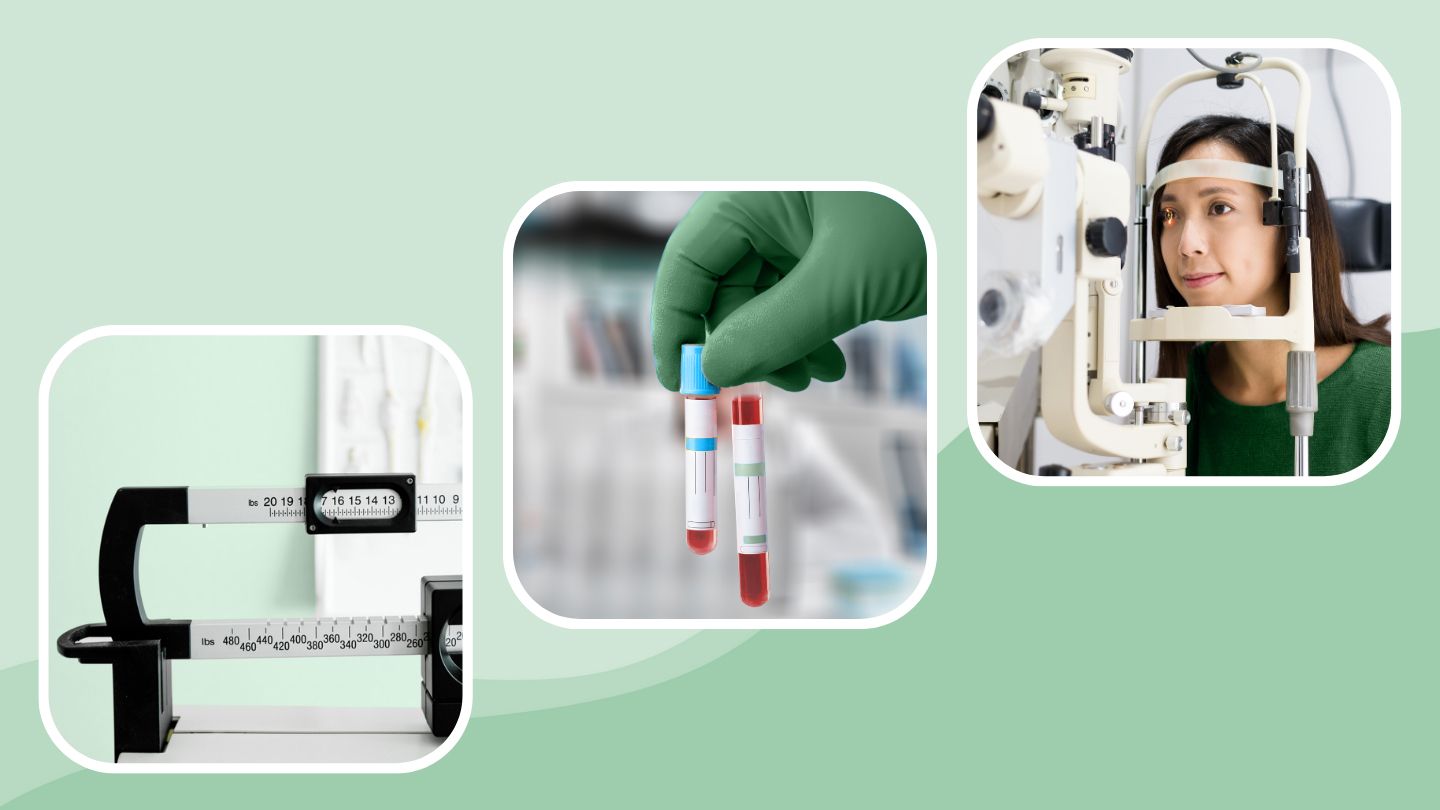Graves’ disease is monitored with a few important exams and tests, including:
1. Blood Tests
Your doctor will order blood work to look at thyroid function, specifically checking your levels of triiodothyronine (T3) and thyroxine (T4) — thyroid hormones that play a key role in regulating energy levels, metabolism, other bodily functions, and weight. They will also check your levels of thyroid-stimulating hormone (TSH), which is made by the pituitary gland and regulates hormone production in the thyroid.
Blood tests can also show your levels of thyroid-stimulating immunoglobulins (TSI), an antibody doctors use to diagnose Graves’ disease. TSI can mimic TSH, leading to a goiter (enlarged thyroid) and overproduction of thyroid hormones. But once a person has been on antithyroid medicines for a year or two, the antibodies often go away.
2. Eye Exams
Between 25 and 50 percent of people with Graves’ disease experience eye symptoms — most commonly, bulging eyes. This may be called Graves’ eye disease, Graves’ ophthalmopathy, or thyroid eye disease (TED). “Usually, when people develop thyroid eye disease, it comes on in about the same six-month period of time as their thyroid problems start,” Dr. Cooper notes.
Other symptoms can include double vision, dry eyes, eyelids that pull back more than usual, and puffy eyelids. Your endocrinologist can examine your eyes and eyelids and refer you to a TED eye specialist if needed.
3. Physical Exams
When you visit your endocrinologist, they will check your eyes and vital signs, including blood pressure and weight. “One of the main symptoms of hyperthyroidism due to Graves’ disease is weight loss, even though you’re eating a normal amount — or even more than normal,” Cooper says.
Your doctor will also listen for a rapid heartbeat, called tachycardia, which should resolve with treatment. They may prescribe a beta-blocker to control your heart rate and symptoms until thyroid function is normalized. Finally, they will check your skin. In rare cases, people with Graves’ disease can have thickening and darkening of the skin on the shins or the tops of the feet, which is called Graves’ dermopathy or pretibial myxedema.
If you’re taking methimazole, your doctor may also order blood tests to check for side effects of the medication, such as liver dysfunction and white blood cell abnormalities.
Of course, the most important part of monitoring is keeping your appointments and maintaining contact with your doctor. Even when Graves’ disease is successfully put into remission with treatment, it can still recur over time. “It’s crucial to follow up with your doctor and do what is recommended in terms of starting the medicine, getting the blood tests on time, and seeing your doctor for follow-ups,” says Cooper.
In addition, you can educate yourself more about Graves’ disease by visiting the American Thyroid Association.




